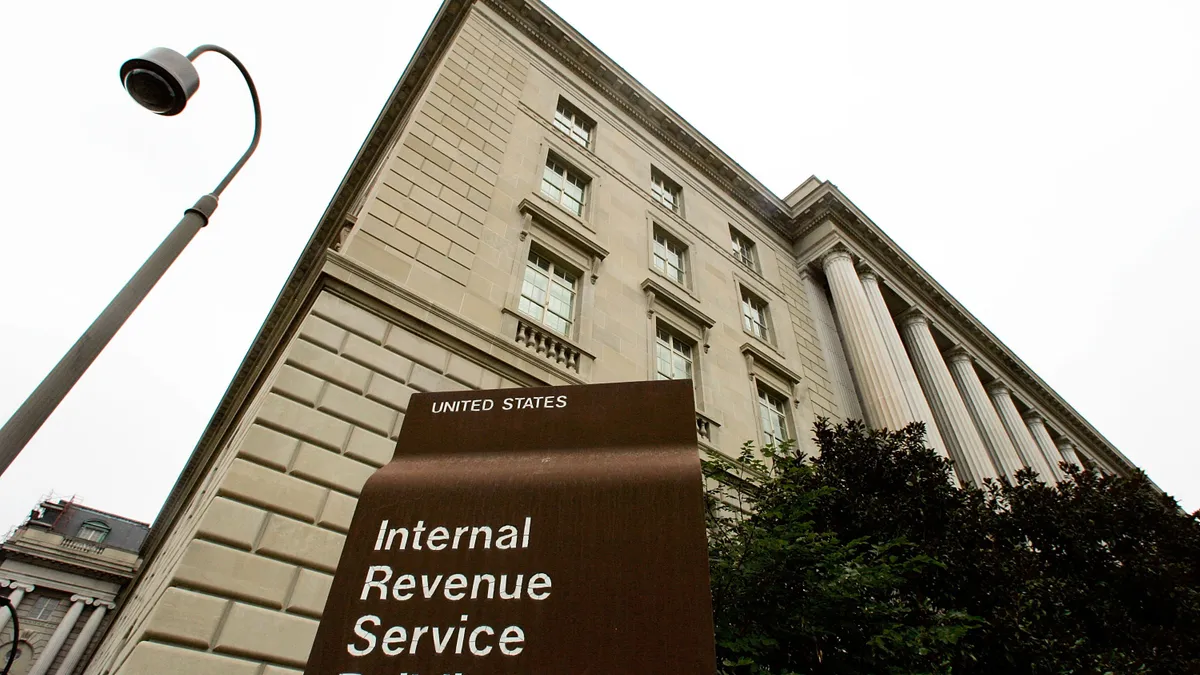Editor’s note: Our Talent Textbook column explores the fundamentals of talent management and acquisition. Contact the team at [email protected].
There isn’t just one way to keep track of how efficiently your company is at identifying, interviewing and hiring new employees. That’s also why looking at different performance indicators can be confusing. Not only are the names similar, but some people might use them interchangeably.
In this Talent Textbook lesson, we’re looking at “time to fill,” which is not the same as “time to hire,” and when it might be — and might not be — an effective measure.
What is “time to fill?
It’s a metric that measures the “average number of days it takes to fill an open position from the date a new role is posted to the date a candidate accepts an offer,” said Amy Mosher, chief people officer at isolved. It’s a way for an organization to measure how efficient they are at recruitment. “The longer your ‘time to fill” is, the more likely your employees are taking a hit on productivity and morale as they cover extended responsibilities to fill the gap,” she added.
So how is this different from “time to hire?”
Despite some people using the two terms for the same purposes, they are different.
“Time to hire” is about the candidate and how fast a candidate moves through the hiring pipeline, measuring “the average amount of time it takes from the date a candidate applies for an open role to the date they accept an offer for a position,” Mosher said. “Time to fill” is the longer search process because it measures the entire hiring period.
Is the “time to fill” metric different for internal vs. external search?
It has to be, said Kyle Samuels, founder and CEO at Creative Talent Endeavors, to the point that he thinks “time to fill” is an outdated concept when trying to hire people from outside of the organization. There are too many factors that are out of the recruiter’s hands, he said, like determining times when executives who need to evaluate candidates are available.
“Internally it does make sense as a good KPI to have,” he said, but it “doesn't fully show you the value that you’re getting from a search firm.” Instead, their company is focused on how quickly they can identify ideal candidates, which involves knowing what their clients are going to be looking for before they’re ready to conduct a search.
I still want to calculate “time to fill.” What do I do?
At isolved, the company measures time to fill by tracking the total number of days from the job posting date to when a new hire accepts an offer. They also use AI to automate much of the tracking, which has led to a 38% reduction in their time to hire.
Mosher added that time to fill rates will vary by role, industry and seniority, with entry-level jobs typically having a faster time than senior level roles.
If your company is doing internal and external recruiting, they should also “use a filter that separates hires that are sourced outside against those sourced inside the company,” she said. That way “time to fill” is measured in similar circumstances.
“By creating a distinction between the two, organizations can better understand how efficient their hiring process is and identify potential bottlenecks without being affected by outlying data from internal hiring,” Mosher said.












